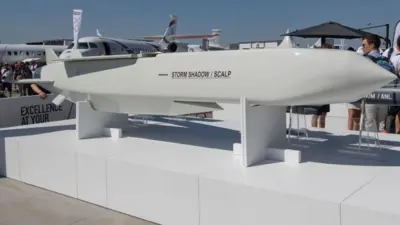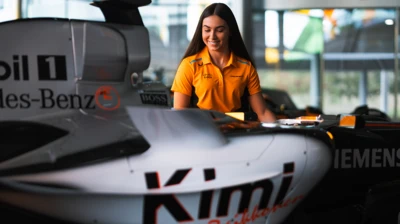We've updated our Privacy and Cookies Policy
We've made some important changes to our Privacy and Cookies Policy and we want you to know what this means for you and your data.
US Titan supercomputer clocked as world's fastest
The top two spots on the list of the world's most powerful supercomputers have both been captured by the US.
The last time the country was in a similar position was three years ago.
The fastest machine - Titan, at Oak Ridge National Laboratory in Tennessee - is an upgrade of Jaguar, the system which held the top spot in 2009.
The supercomputer will be used to help develop more energy-efficient engines for vehicles, model climate change and research biofuels.
It can also be rented to third-parties, and is operated as part of the US Department of Energy's network of research labs.
The Top 500 list of supercomputers was published by Hans Muer, professor of computer science at Mannheim, who has been keeping track of developments since 1986. It was released at the SC12 supercomputing conference in Salt Lake City, Utah.
Mixed processors
Titan leapfrogged the previous champion IBM's Sequoia - which is used to carry out simulations to help extend the life of nuclear weapons - thanks to its mix of central processing unit (CPU) and graphics processing unit (GPU) technologies.
According to the Linpack benchmark it operates at 17.59 petaflop/sec - the equivalent of 17,590 trillion calculations per second.
The benchmark measures real-world performance - but in theory the machine can boost that to a "peak performance" of more than 20 petaflop/sec.
To achieve this the device has been fitted with 18,688 Tesla K20x GPU modules made by Nvidia to work alongside its pre-existing CPUs.
Traditionally supercomputers relied only on CPUs.
CPU cores are designed to handle between one and a few streams of instructions at speed, but are not efficient at carrying out many at once. That makes them well suited for complex tasks in which the answer to one calculation is used to work out the next.
GPU cores are typically slower at carrying out individual calculations, but make up for this by being able to carry out many at the same time. This makes them best suited for "parallellisable jobs" - processes that can be broken down into several parts that are then run simultaneously.
Mixing CPUs and GPUs together allows the most appropriate core to carry out each process. Nvidia said that in most instances its GPUs now carried out about 90% of Titan's workload.
"Basing Titan on Tesla GPUs allows Oak Ridge to run phenomenally complex applications at scale, and validates the use of 'accelerated computing' to address our most pressing scientific problems," said Steve Scott, chief technology officer of the GPU accelerated computing business at Nvidia.
The other top systems included:
- Fujitsu's K computer at the Riken Advanced Institute for Computational Science in Kobe, Japan, which was in third spot.
- IBM's BlueGene/Q Mira computer at Argonne National Library, near Chicago in the US, which came fourth.
- Another IBM BlueGene/Q system, called Juqueen, at the Forschungszentrum Juelich in Germany - Europe's fastest - which came fifth.
Out of the top 500 computers, 62 used a mix of CPU and GPU processors. Six months ago the figure was 58.
Top Stories
More to explore
Most read
Content is not available








